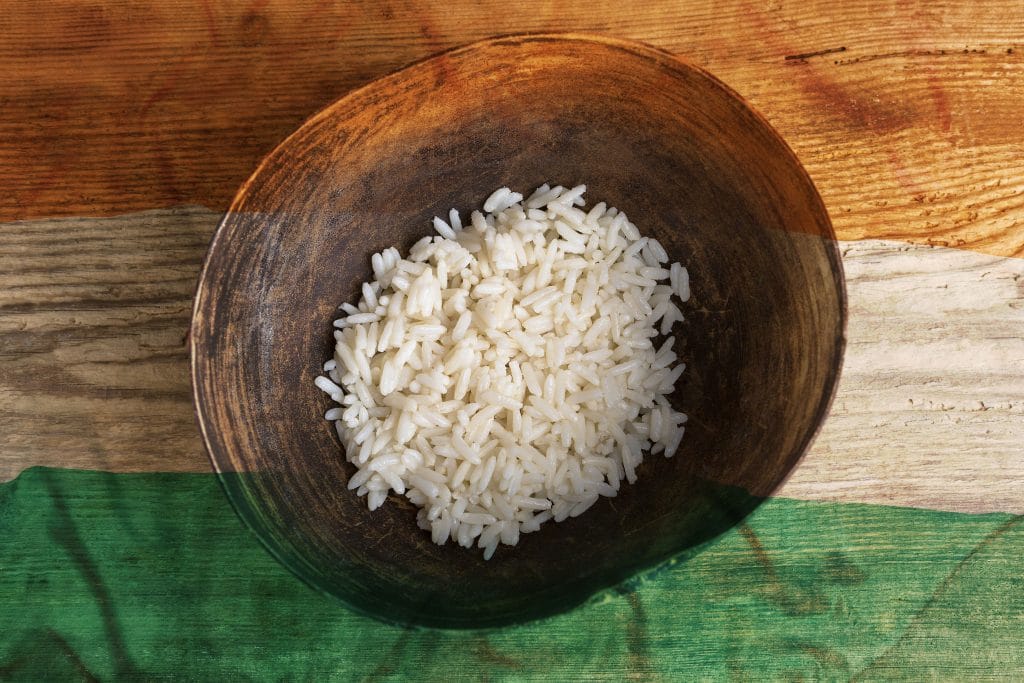Can India’s rising tide of non-communicable diseases (NCDs) be stemmed by moving back to the basics of the food we eat? The “Eat Right Movement” believes it can.
 NCDs are reaching epidemic proportions in India. 61 percent of all deaths in the country can be attributed to NCDs. Heart disease alone accounted for 28.1 percent of deaths in 2016 – just over one out of every four deaths.
NCDs are reaching epidemic proportions in India. 61 percent of all deaths in the country can be attributed to NCDs. Heart disease alone accounted for 28.1 percent of deaths in 2016 – just over one out of every four deaths.
The rise of NCDs
The shift in India’s disease burden to one dominated by NCDs is a relatively new phenomenon, with the number of cases swelling in the last few decades. This change has largely been attributed to changing lifestyles.
Much of India’s population is now moving to urban metropolises in order to seek greater financial opportunity. While this change can bring about greater prosperity, it can also have negative effects on an individual’s health. The change from manual labour to largely sedentary work has resulted in a large number of people not getting enough exercise as is medically recommended. Changes to more westernised diets consisting of more fast food and fried goods has also played a role in the increasing risk of conditions such as heart disease.
Infectious diseases still cause issues despite their lower numbers when compared to NCDs. This dual burden of diseases puts a considerable strain on the healthcare system that often means adequate resources are not available to address situations.
The “eat right movement”
The Food Safety and Standards Authority of India (FSSAI) has responded to the rising tide of NCDs by launching the Eat Right Movement. This has been influenced by the India State-level Disease Burden report, which noted “dietary risks, which include diets low in fruit, vegetables and whole grains, but high in salt and fat, were India’s third leading risk factor for health loss in 2016”.
The “Eat Right Movement” intends to bring in a ‘new food culture’ by persuading businesses and consumers to cut down on salt, sugar and trans fat in their food.
Though recently created, the movement is already garnering attention from high profile individuals and businesses. Actor Rajkummar Rao has featured in a video encouraging people to be more careful when they consider what to eat. In it, Rao asks whether the heart or the head should decide what you eat, concluding that health is a matter of the mind.
Upon first glance, the newly established movement appears to take a moderate approach to the change. Rather than suggesting a cold turkey approach to cutting down on unhealthy foods, they suggest gradually cutting down on them. In addition, posters also featuring Rao have suggested making consistent, smaller changes such as using cooking methods with less oil to reduce fat intake.
The scheme does however have a longer term approach. They acknowledge that the Indian government has regulations in place regarding food quality, though they note that public awareness of healthy eating habits is low. To this end they have developed a dual approach referred to as “eat healthy” and “eat safe”.
“Eat healthy” will focus on informing the public of the potential risks that an unhealthy diet can have in increasing the likelihood of diseases such as heart disease and cancer. Information will be provided regarding healthy eating habits such as the importance of fruits and vegetables and the effect vitamins and minerals can have in staving off malnourishment and reducing the risk of disease.
“Eat safe” focuses more on handling and disposing of food. This will include information on food borne diseases and the ways in which food may become contaminated. Focusing on hygiene along with healthy foods could also allow the campaign to reduce the incidence of some infectious diseases such as salmonella or cholera.
Could the scheme have a significant impact?
Whether the scheme will have a long-term effect on reducing the number of individuals suffering from NCDs largely depends on its outreach. Currently, with the support of actors and large businesses, the outlook is positive.
Some of the food production businesses involved in the project include Baggrys, Britannia, Fieldfresh, Del Monte, HUL, Kelloggs, Kraft Heinz, Nestle and Patanjali. These companies have reportedly agreed on goals to reduce fat, salt and sugar content in their food products in India in an effort to make their products healthier.
Despite involvement from these companies, if there is a market for unhealthy food, it will still be produced elsewhere. The level of impact will therefore be constrained by how many people the campaign influences to change their dietary behaviours.
There are clear arguments in favour of the benefits of a traditional Indian diet. High consumption of vegetables with herbs and spices providing additional antioxidants has notable health benefits. Spices such as turmeric which are often used in traditional Indian dishes are even documented to have protective effects against degenerative conditions such as Alzheimer’s disease. A shift towards a more traditional diet could show significant improvements to the health of the Indian population.

